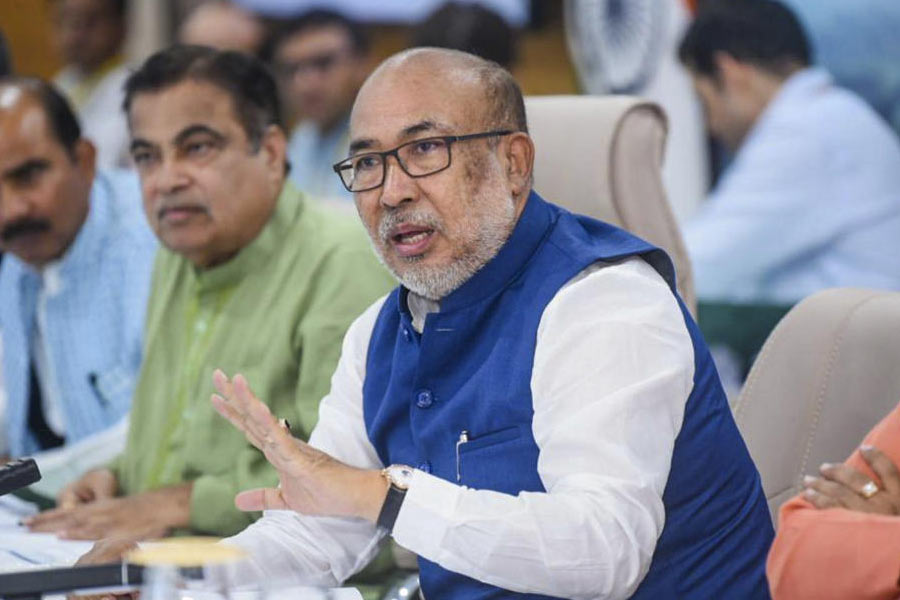It is good news for India that the latest National Family Health Survey showed a total fertility rate of 2.01. The population has reached replacement level, or stability; further decrease in the TFR would mean a decline in the population. So, even though excessive population growth had long been a cause for grave concern for Indian governments, it seems that years of effort to control it is beginning to pay off. This is a welcome change. That is why it was rather intriguing that the Union finance minister should announce plans at the interim budget for a ‘high-powered’ committee that would be mandated to address ‘comprehensively’ the challenges arising from ‘fast population growth’ and ‘demographic change’. The issue was flagged under ‘societal changes’, suggesting an intention on the part of the government to alter society by controlling the population. This notion becomes unavoidable in the political context created by the Narendra Modi-led government. Apart from various Bharatiya Janata Party politicians’ expressed desire to control the population, often pointing indisputably to the country’s largest minority community for its growth, the citizenship laws the government promulgated are alone enough to underline the intended thrust of societal change. Population control, once again with the same community as target, is the Rashtriya Swayamsevak Sangh’s favourite programme too.
Yet successive reports show that the decline in TFR of the minority community in question has been dramatic and sharp. Research also indicates that the TFR varies from region to region, but is the same across religions and economic and educational standards within a particular place. If Bihar has a TFR of around 3.0 while in numerous states it has dropped below 2.0, it is a stretch to place the onus on a particular community. It is far more important for the government to concentrate on education and women’s empowerment, especially for disadvantaged segments, with sensitiveness and an inclusive attitude, if it wishes for population stability. Widespread information and accessibility of birth control methods, better education, urbanisation, small families and economic necessity have led to the gradual drop in TFR over decades. What contributes to it is the rising cost of education combined with an aspirational society and more working women. Societal change will come from these; population control is important, but not central. Unless there is a hidden message in the programme.










